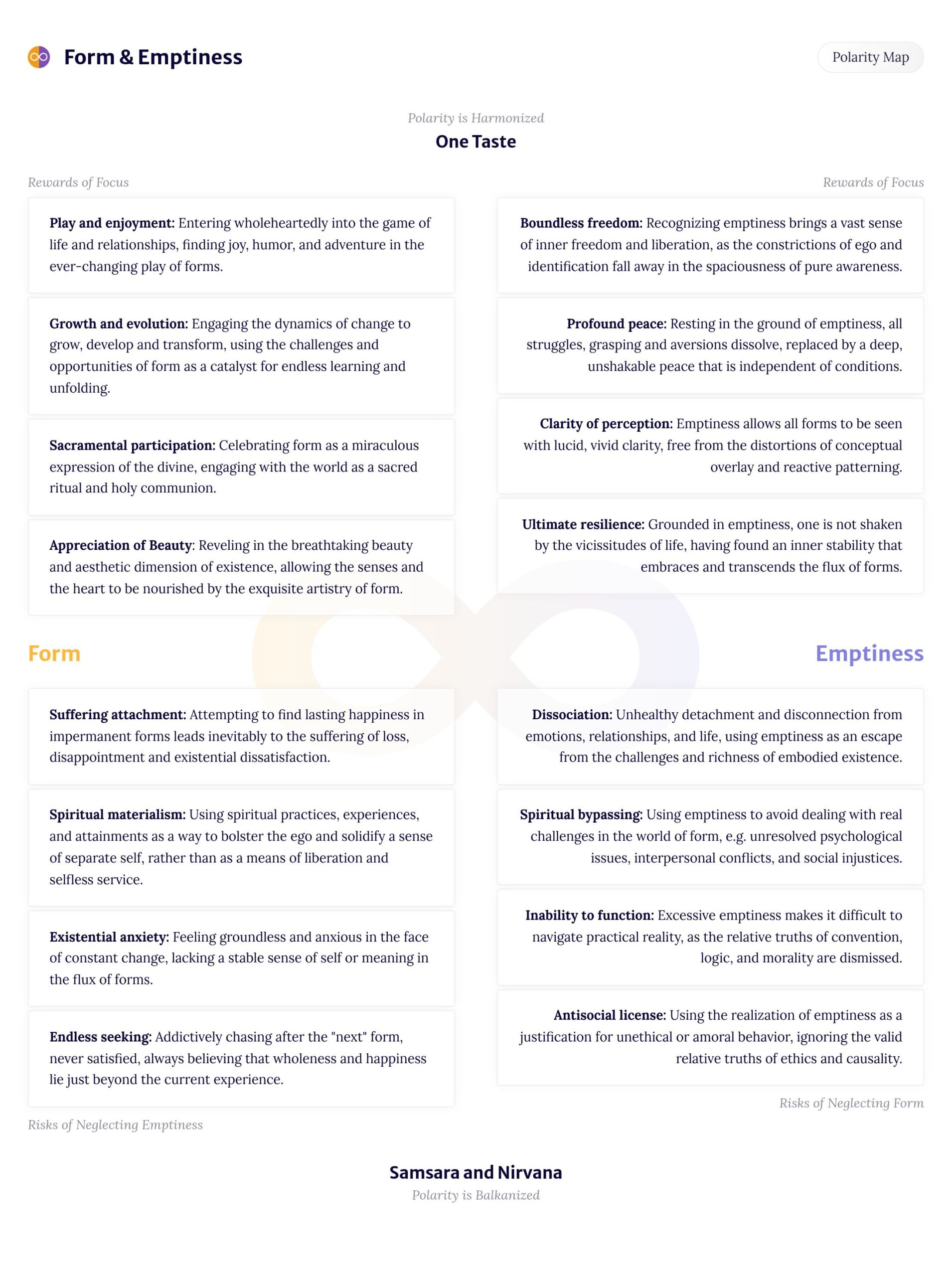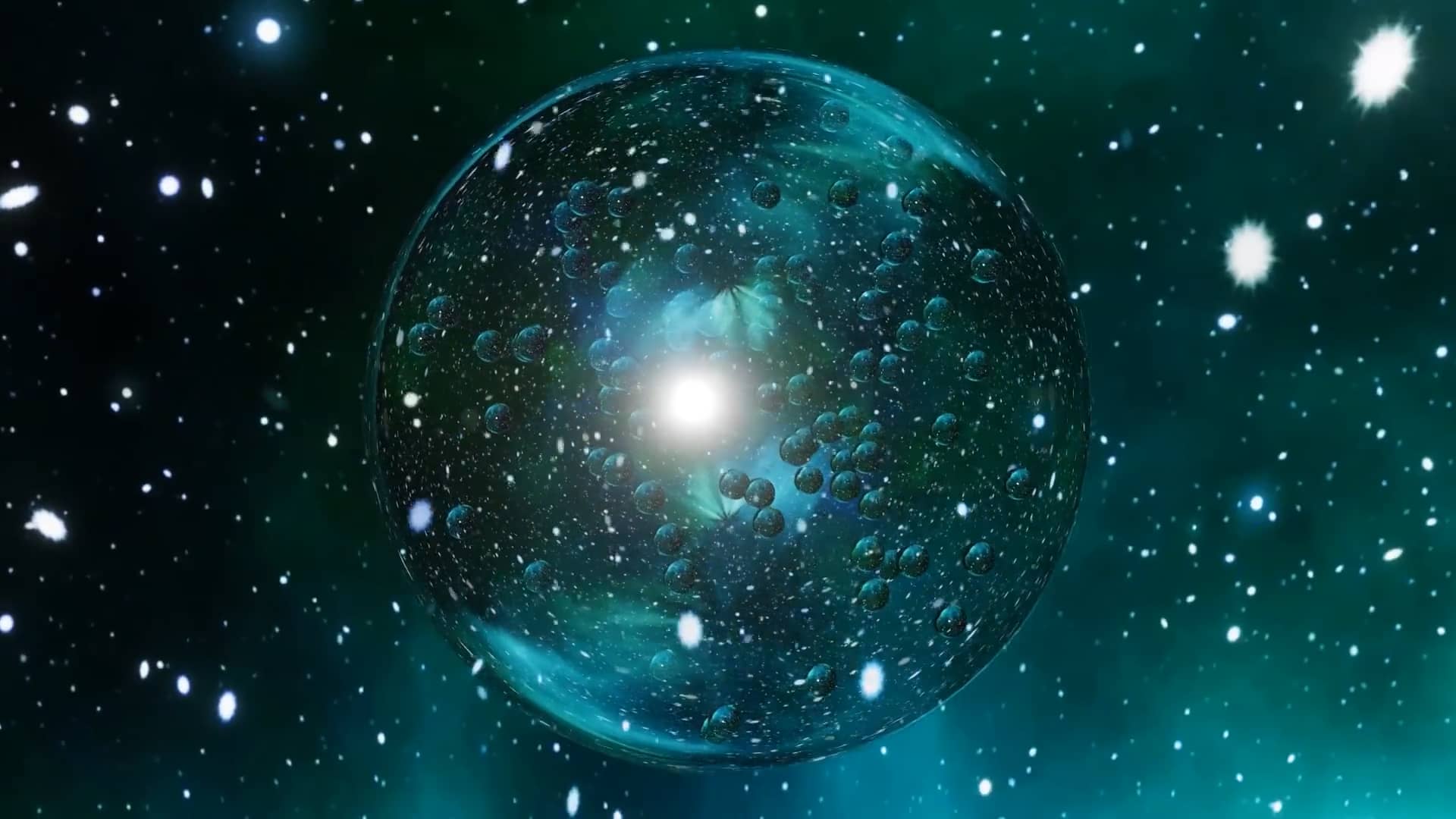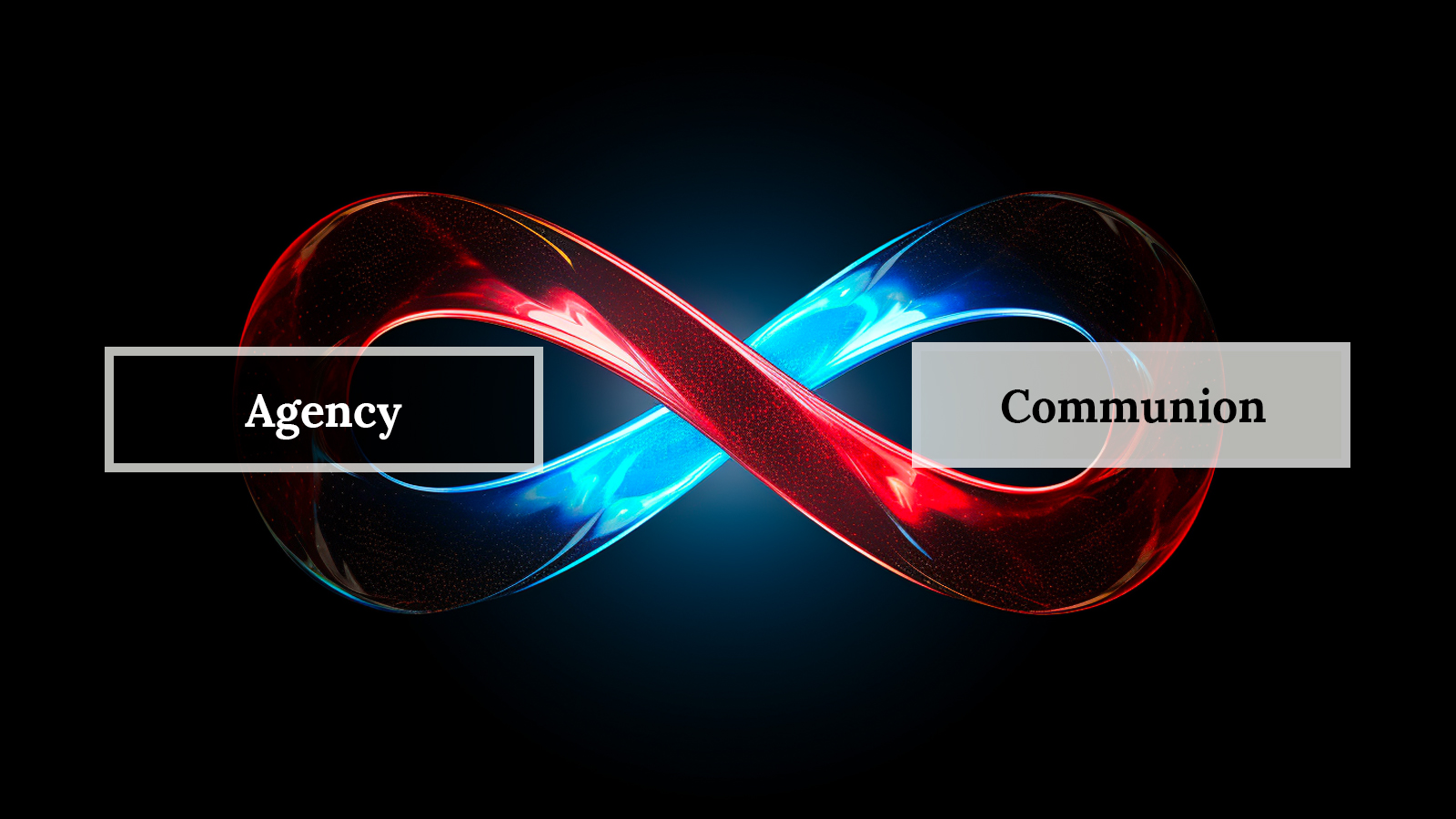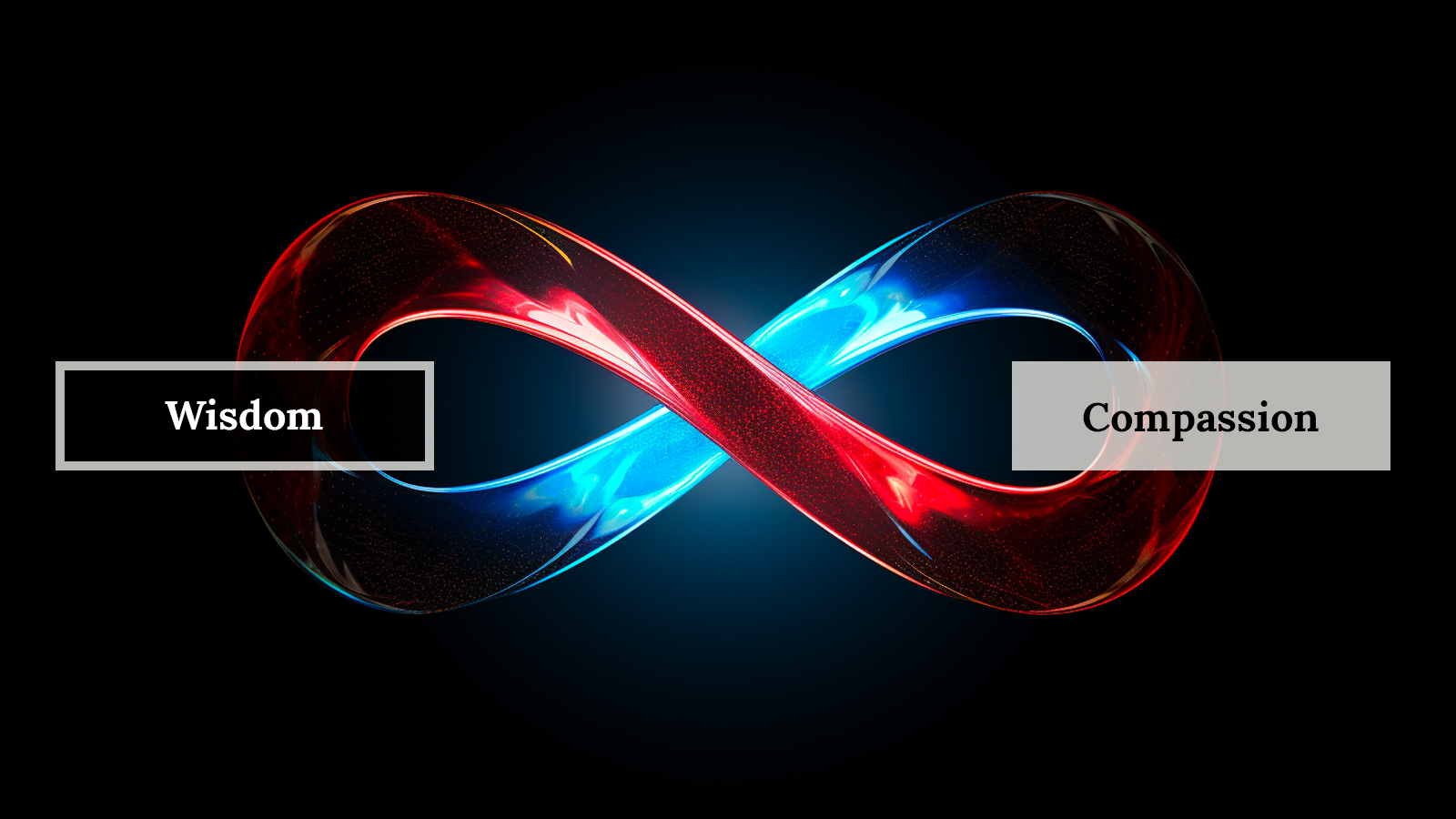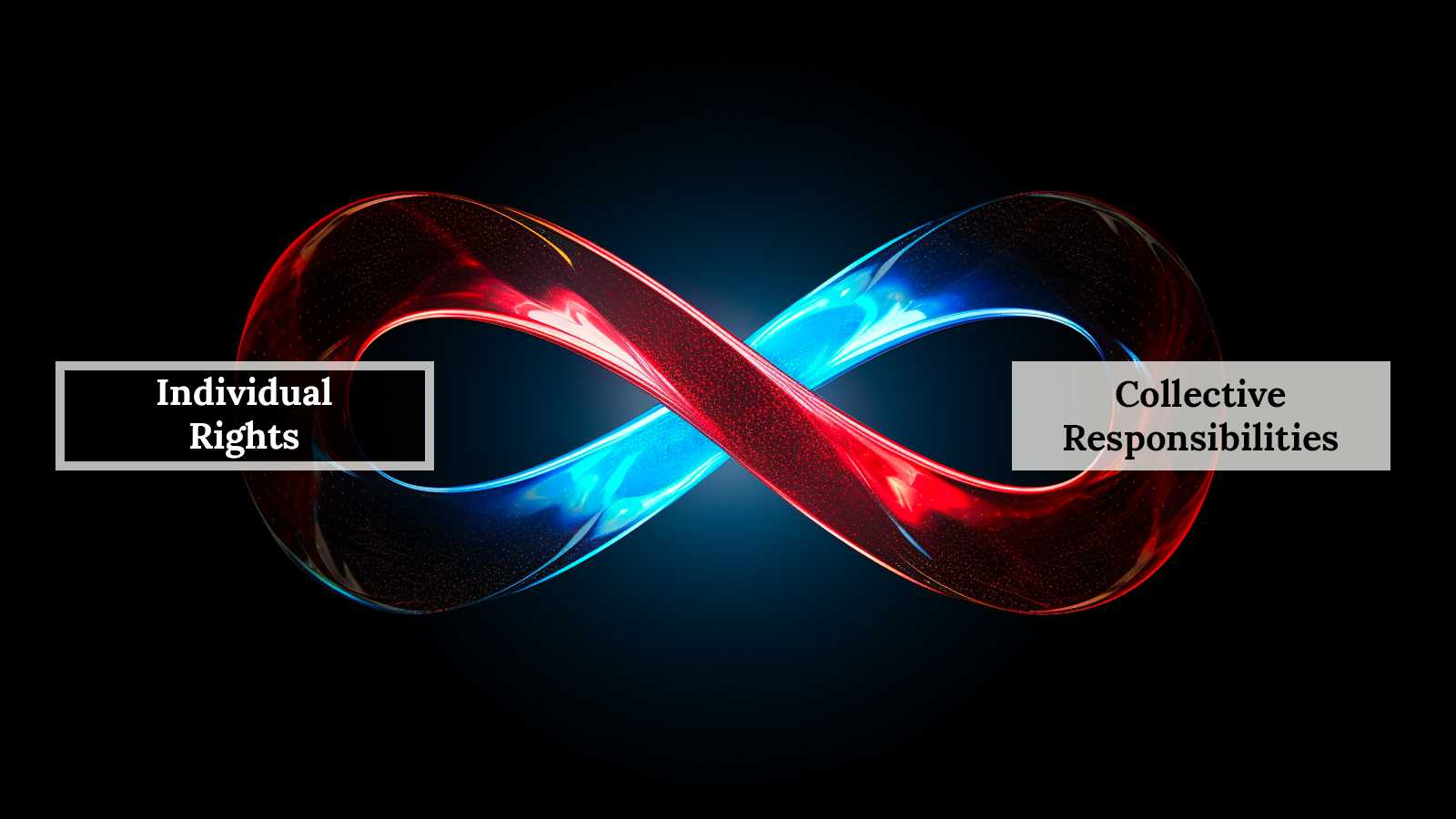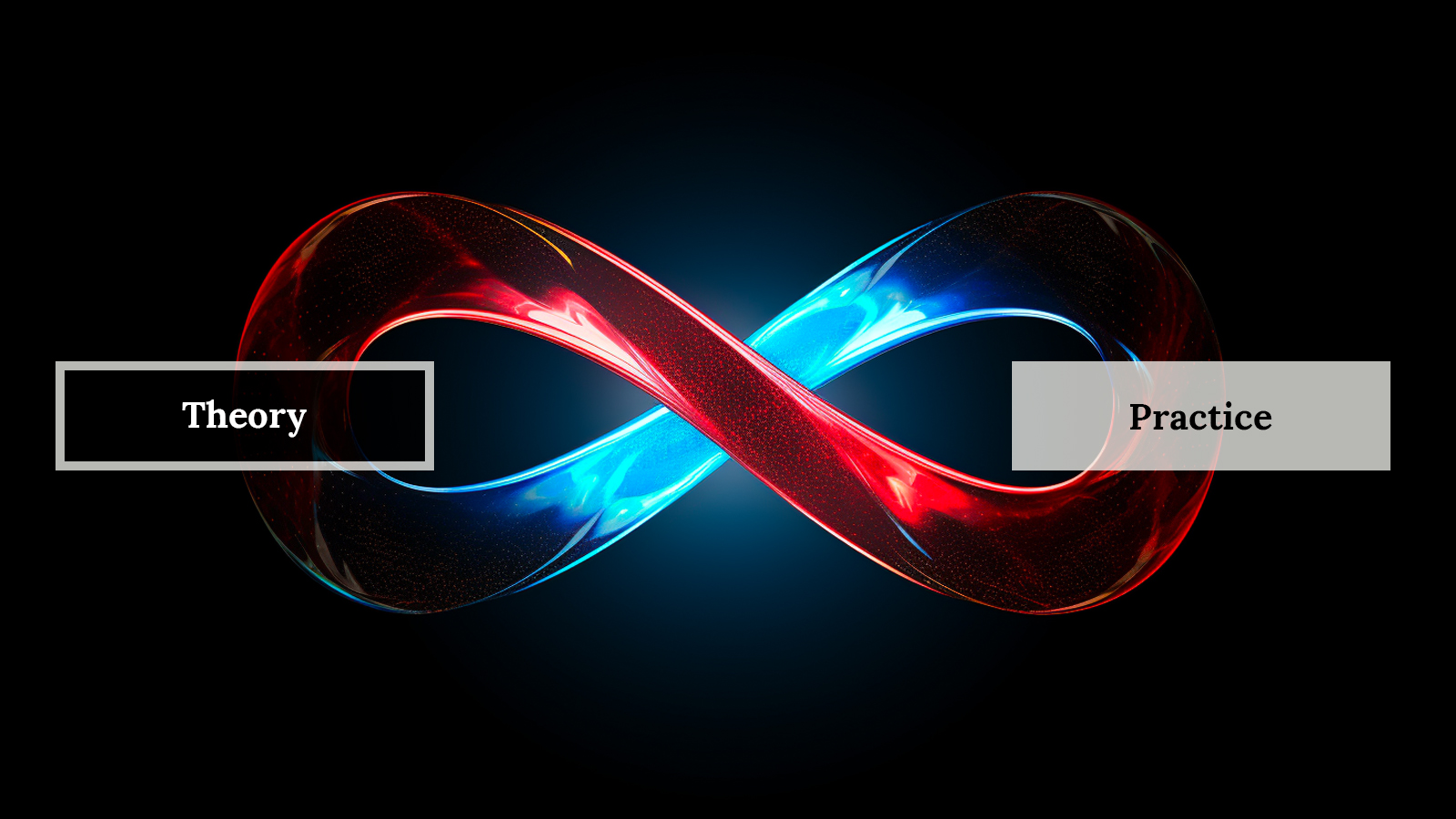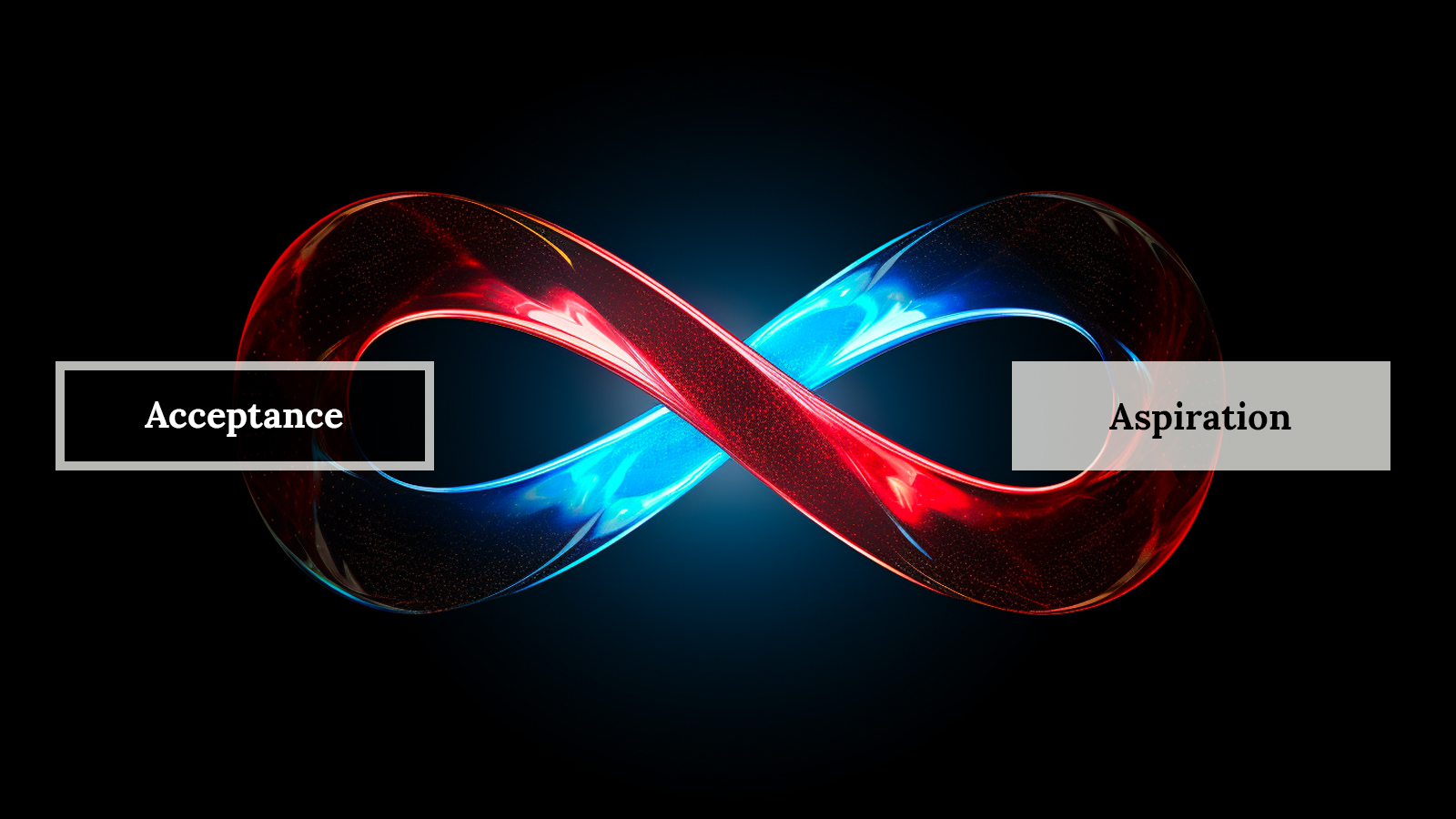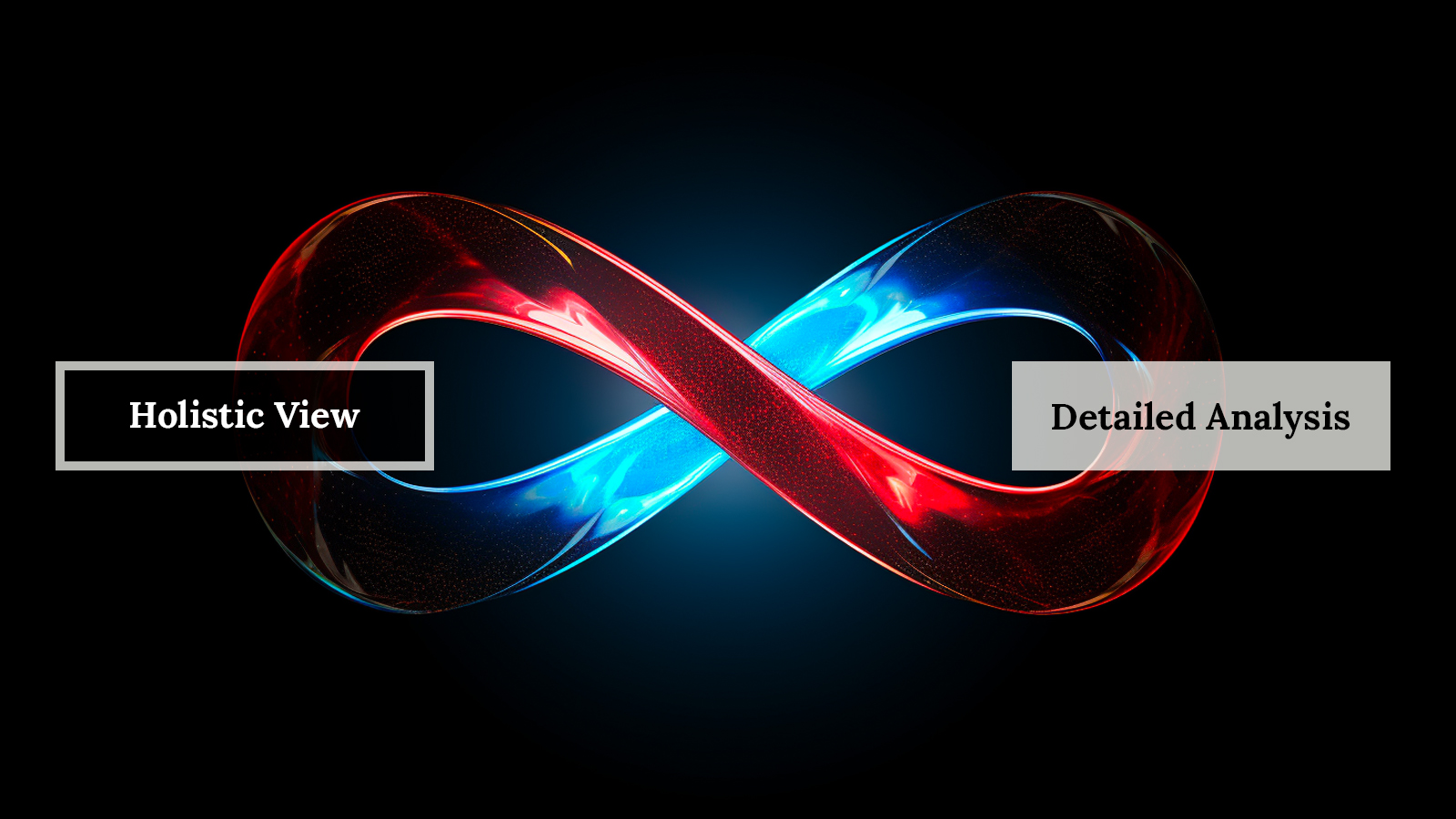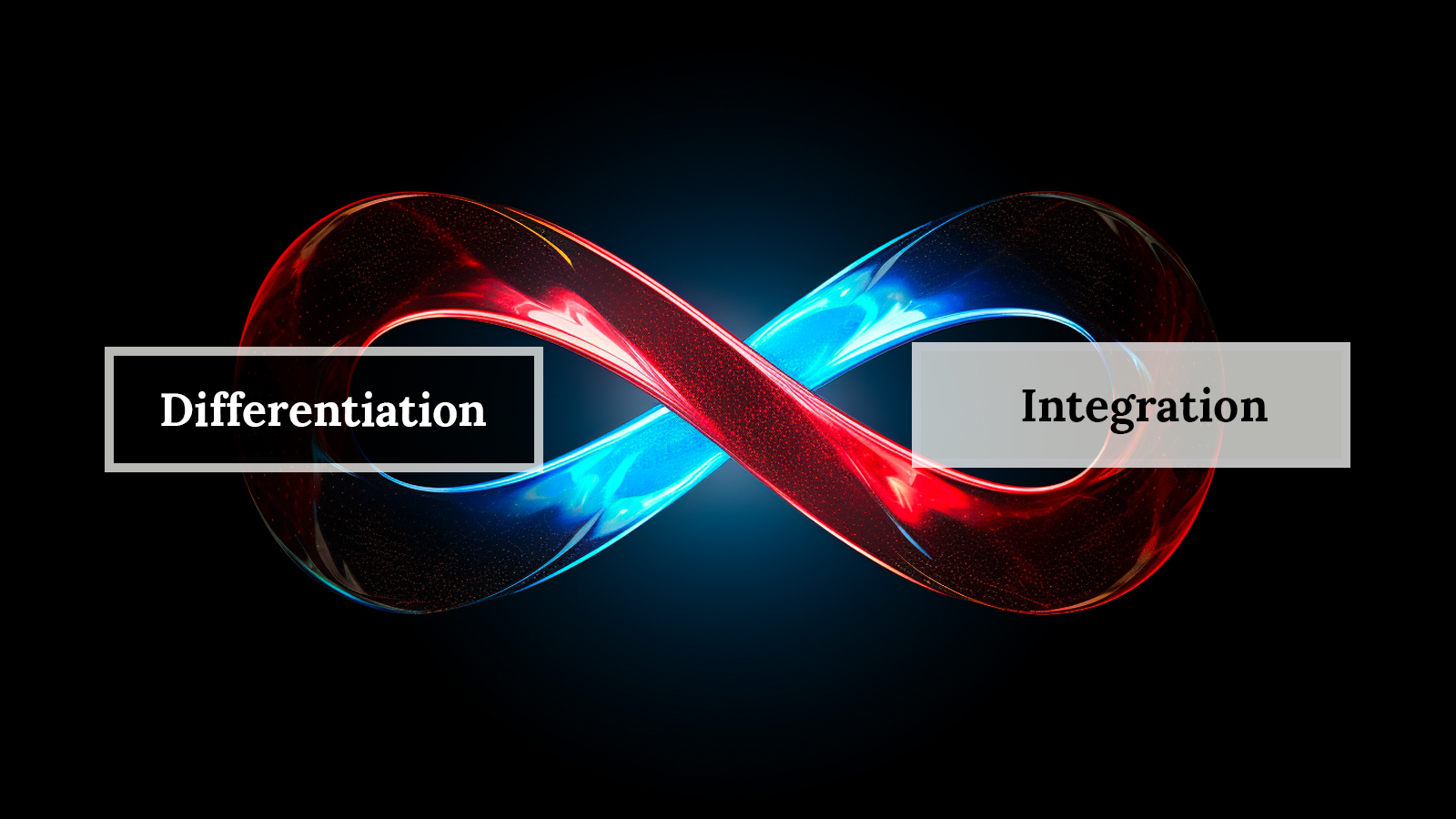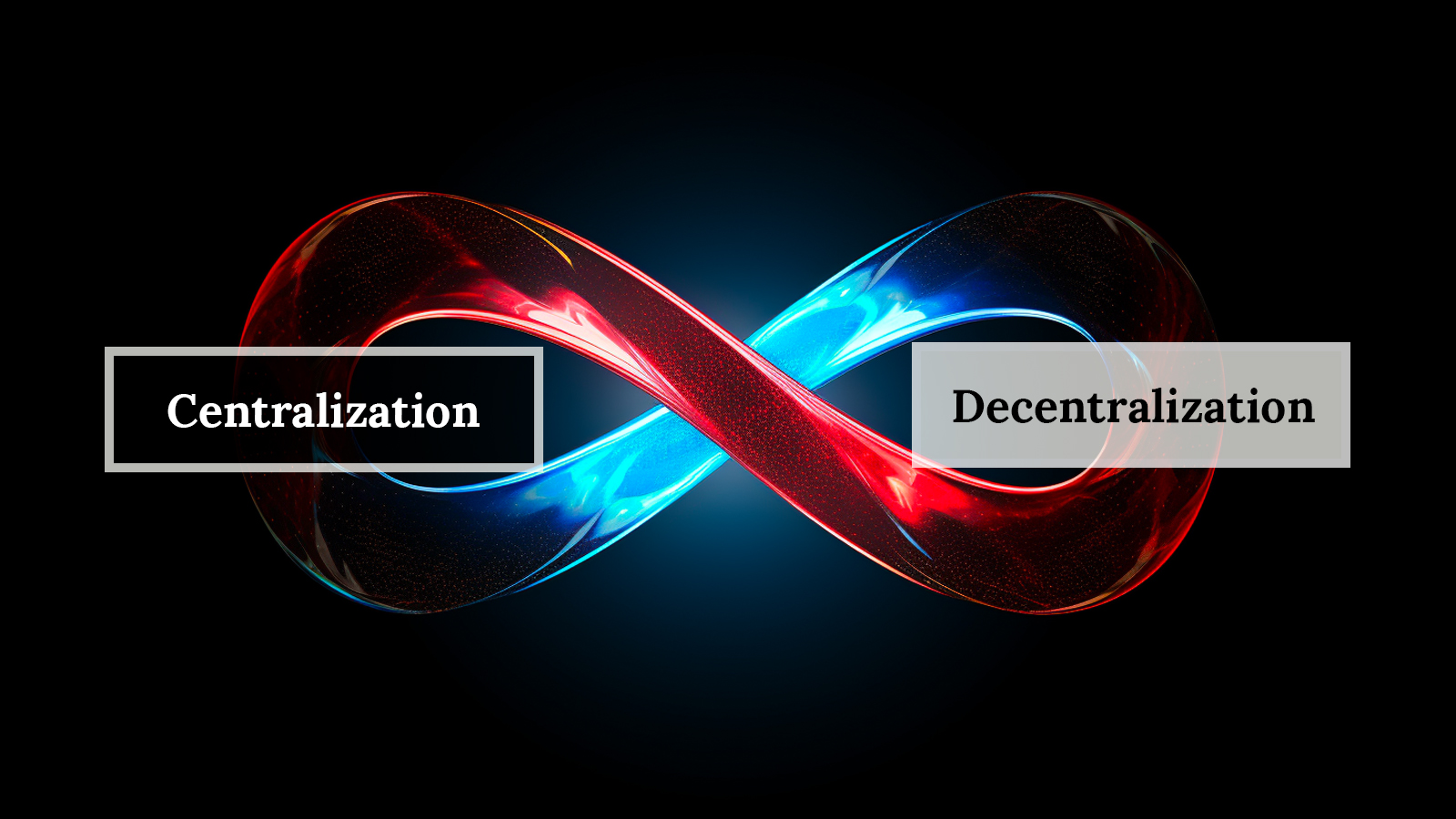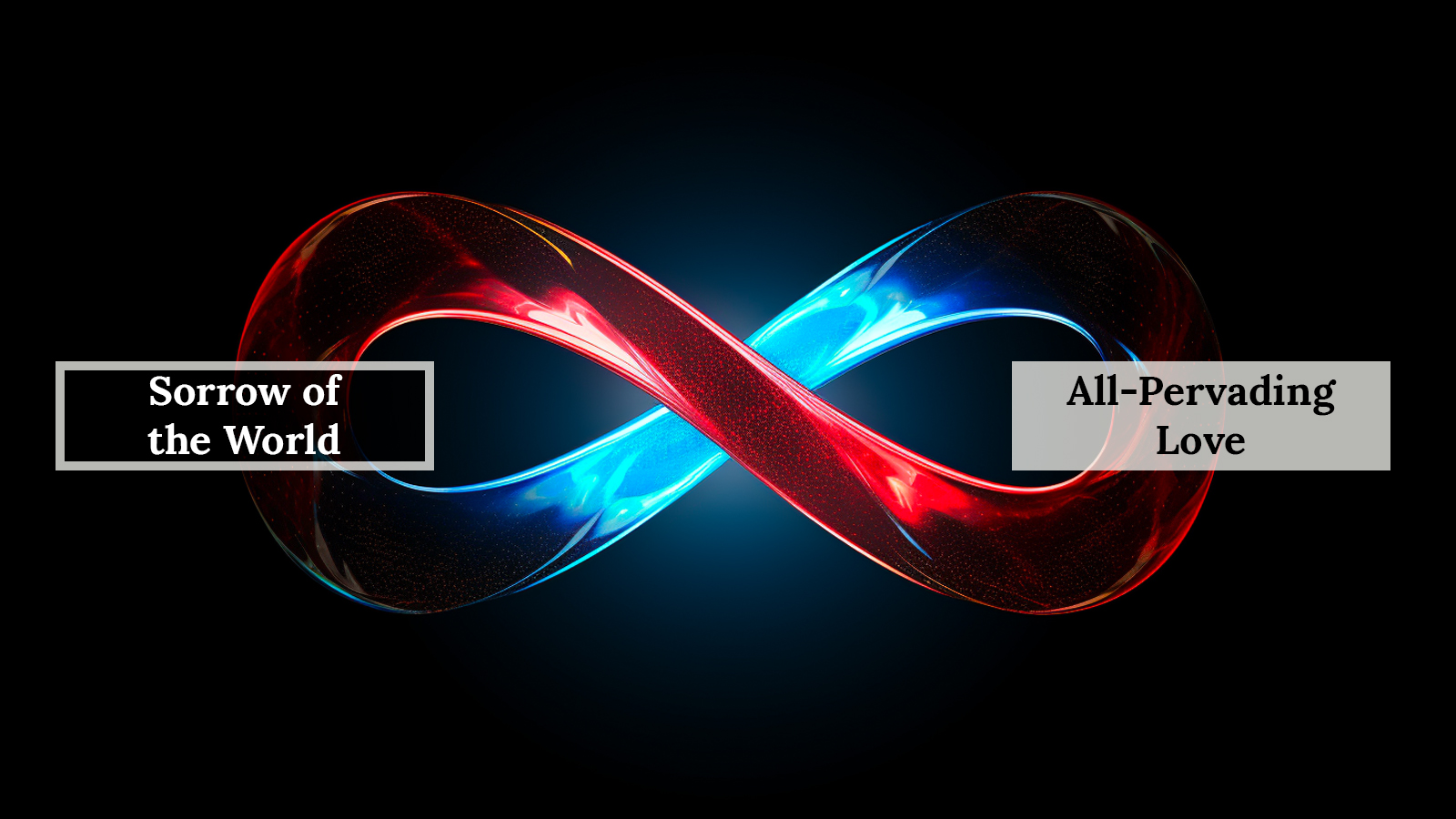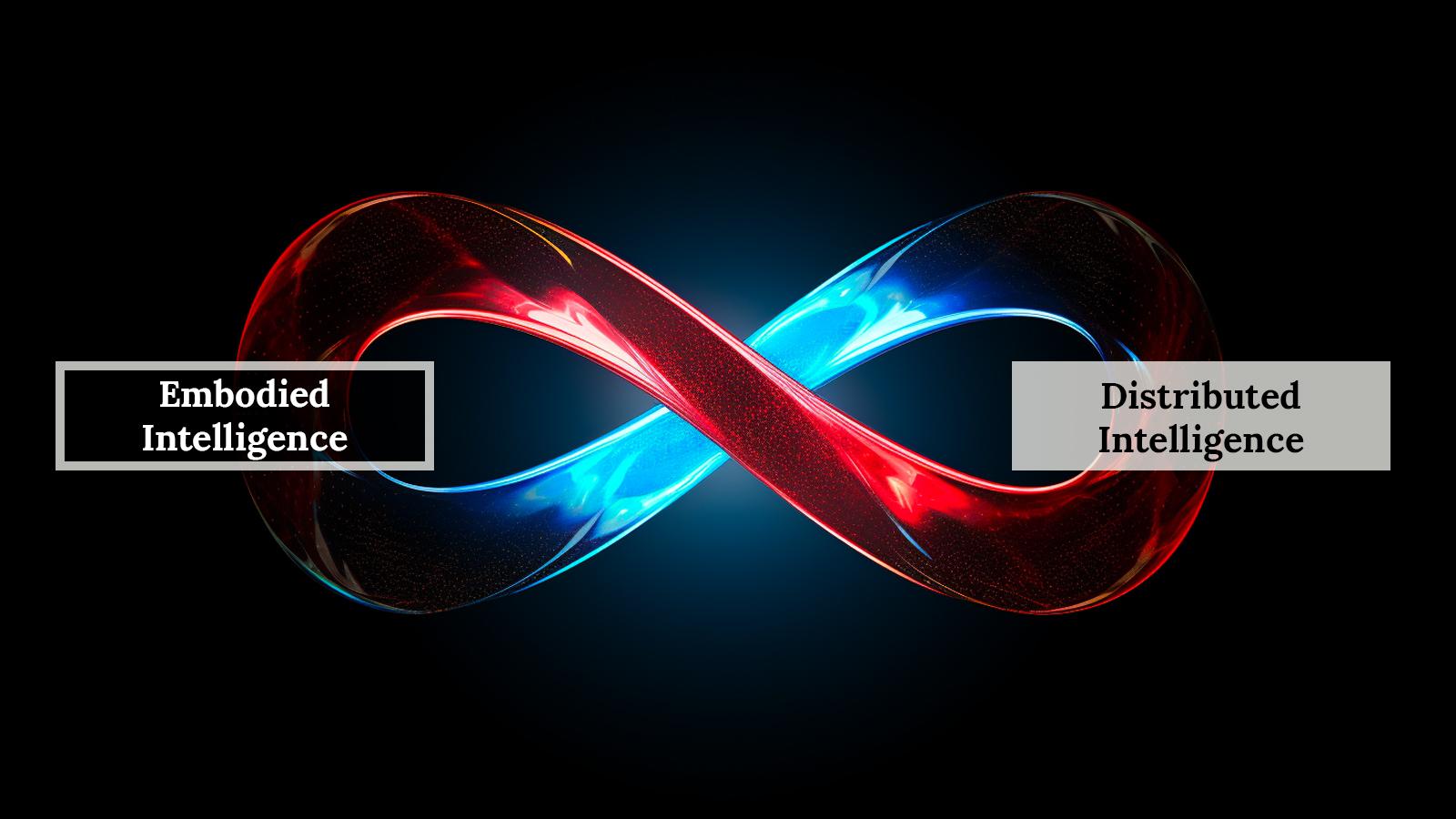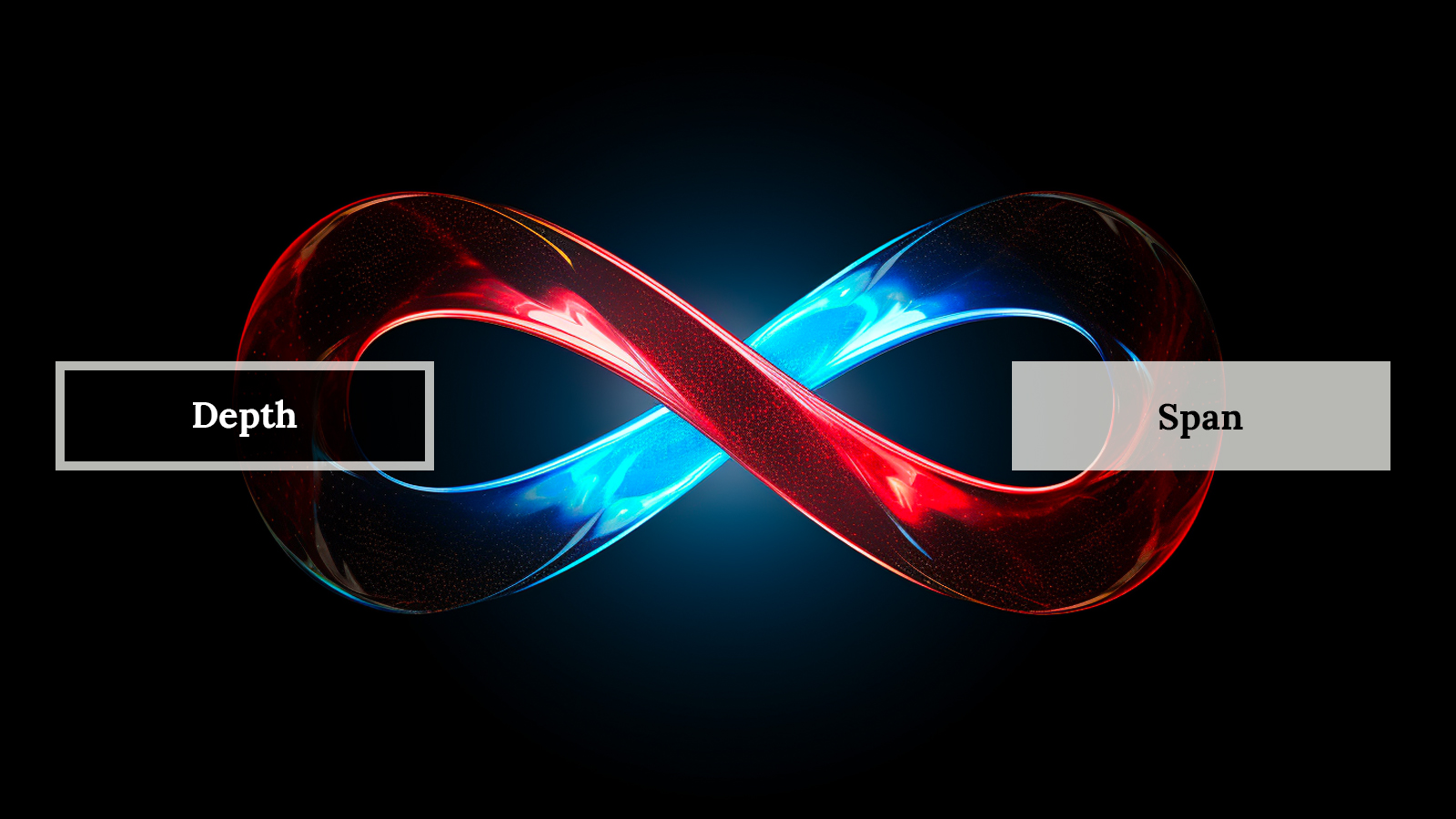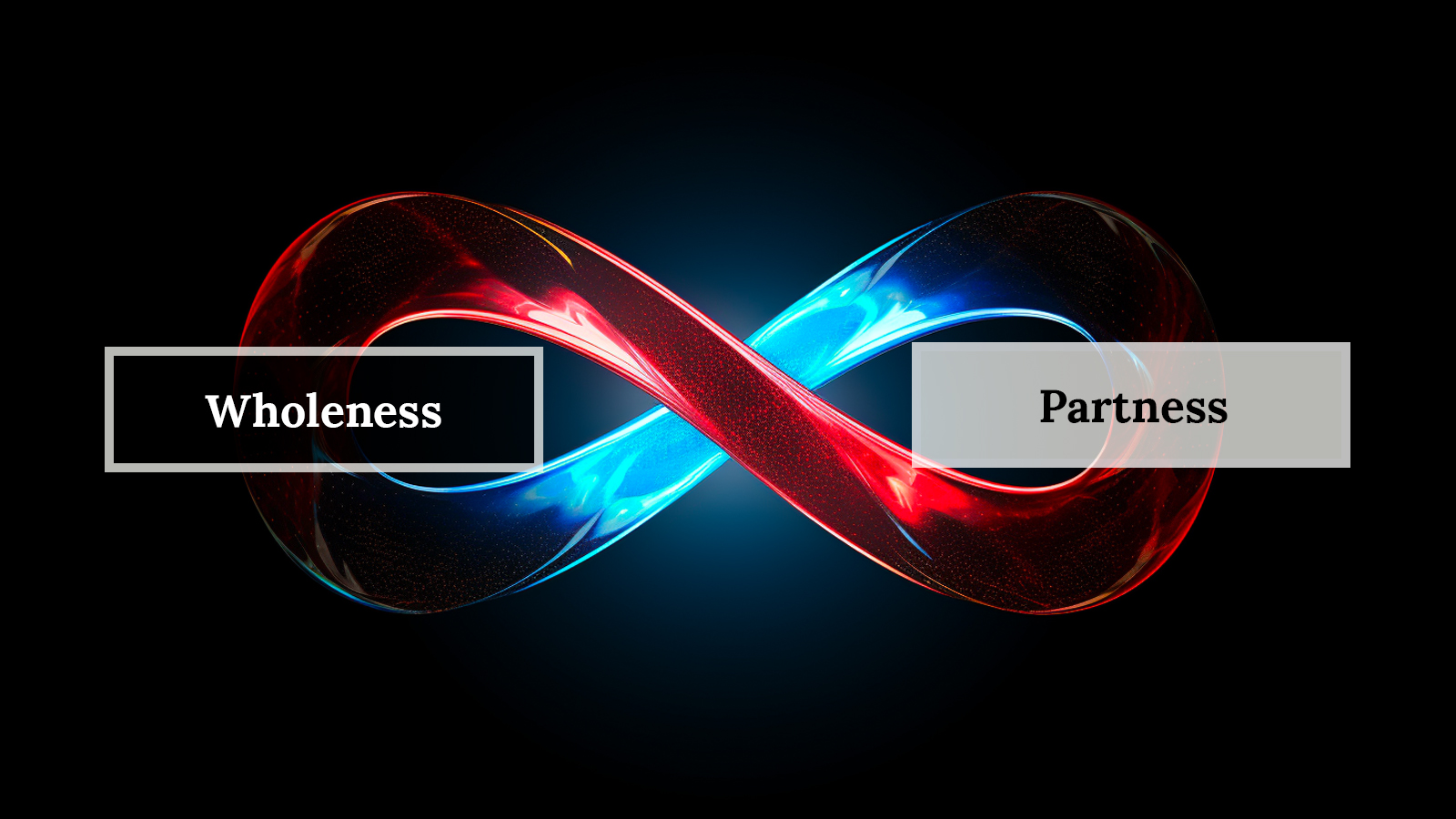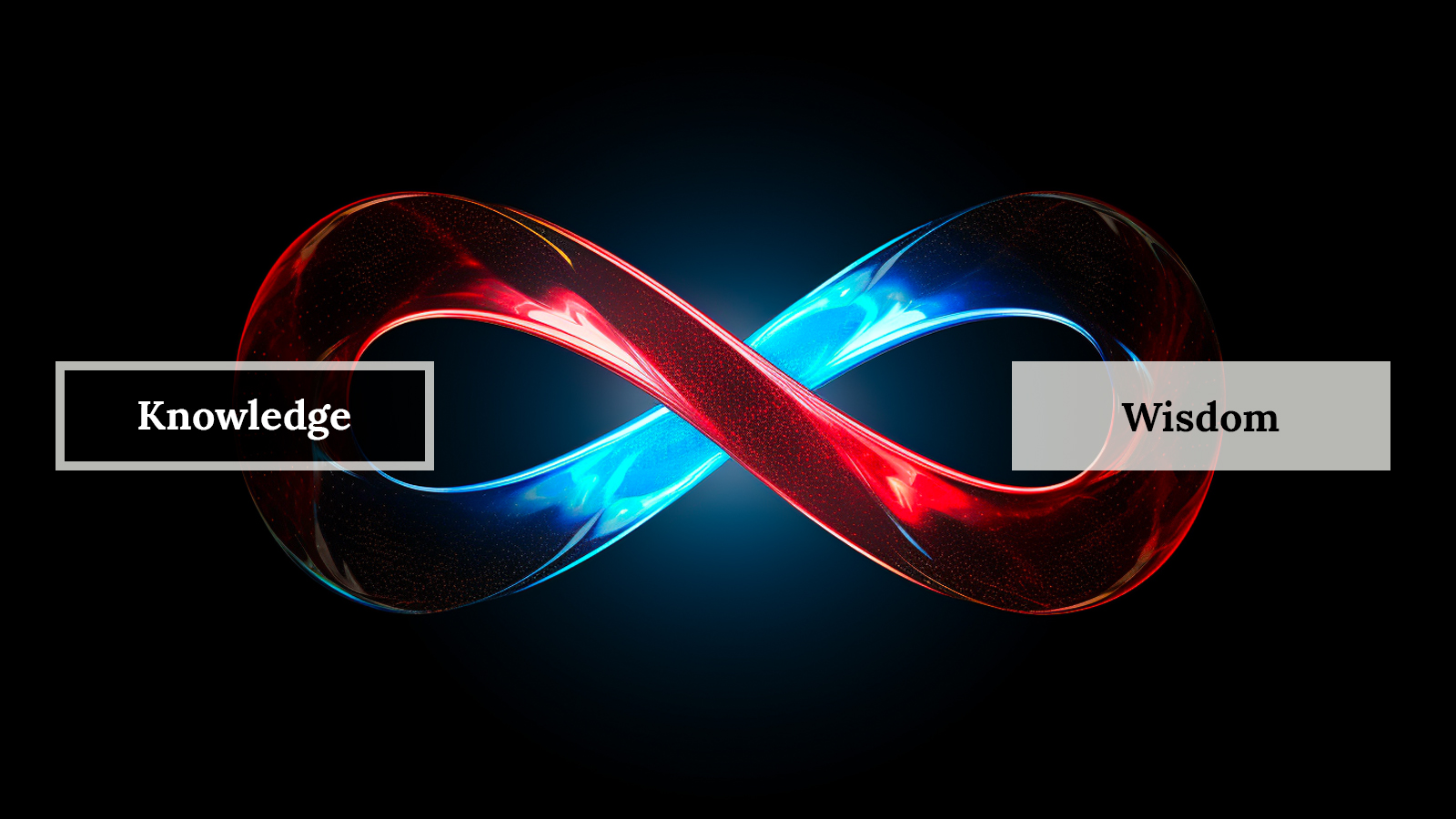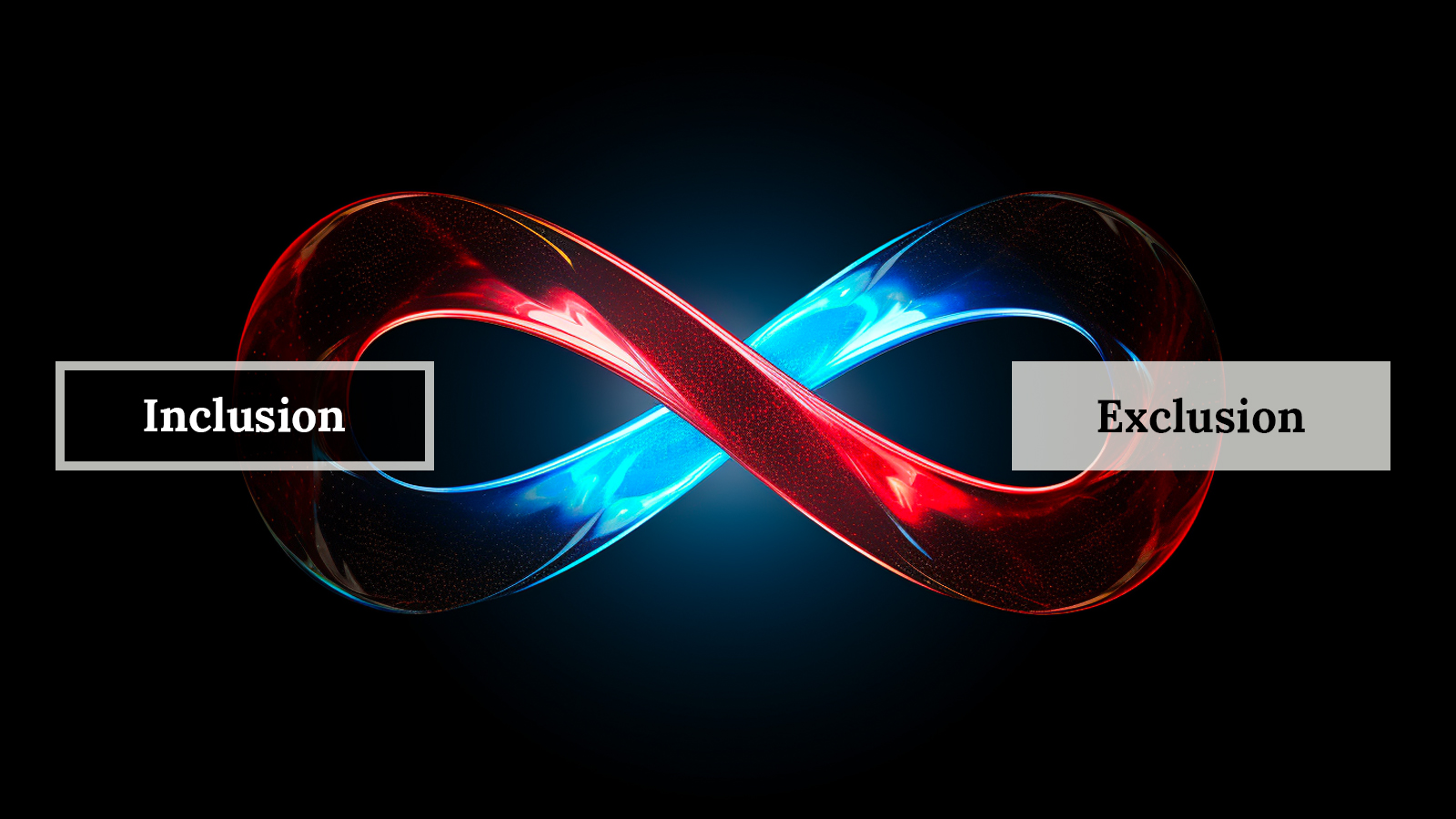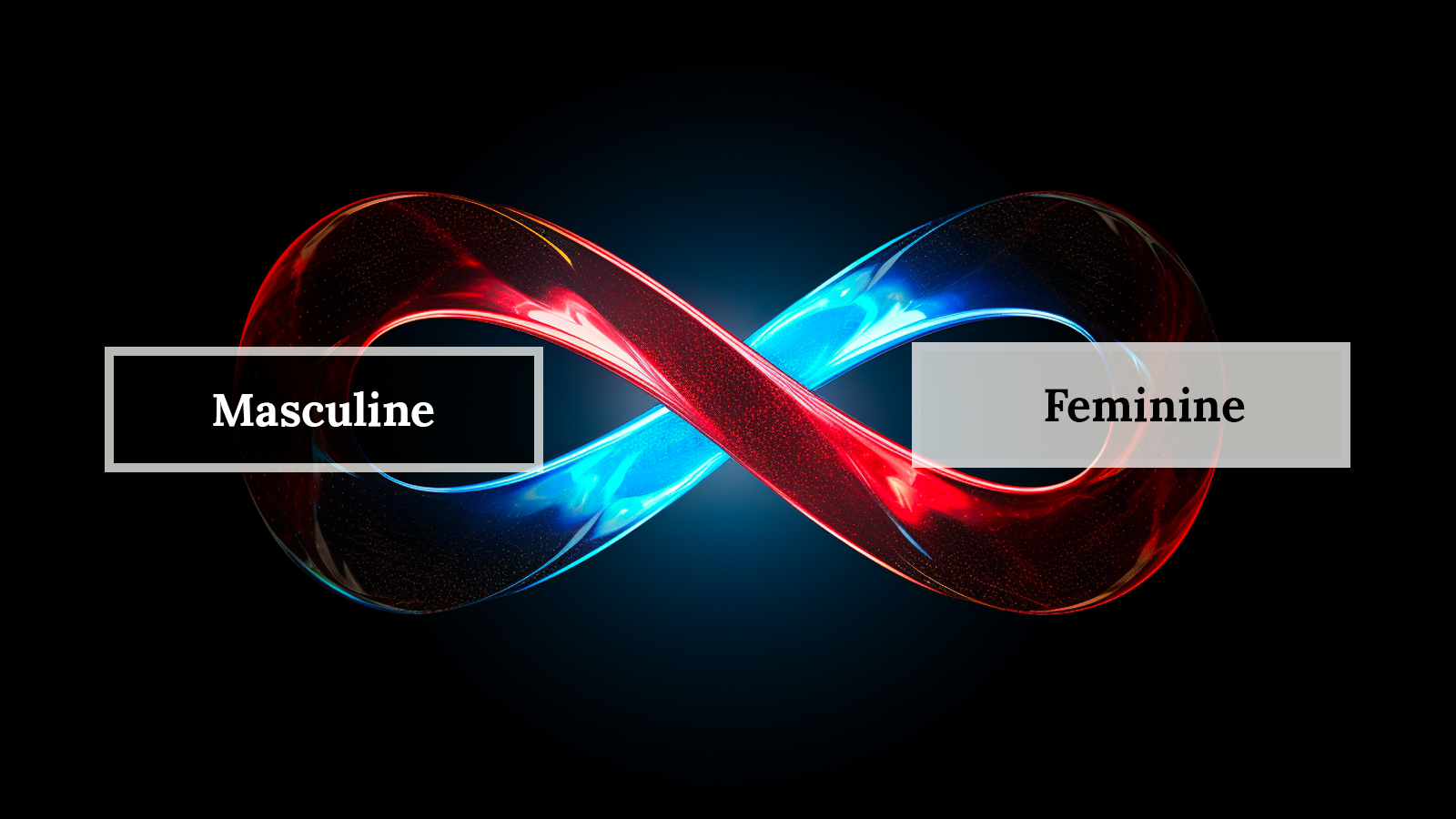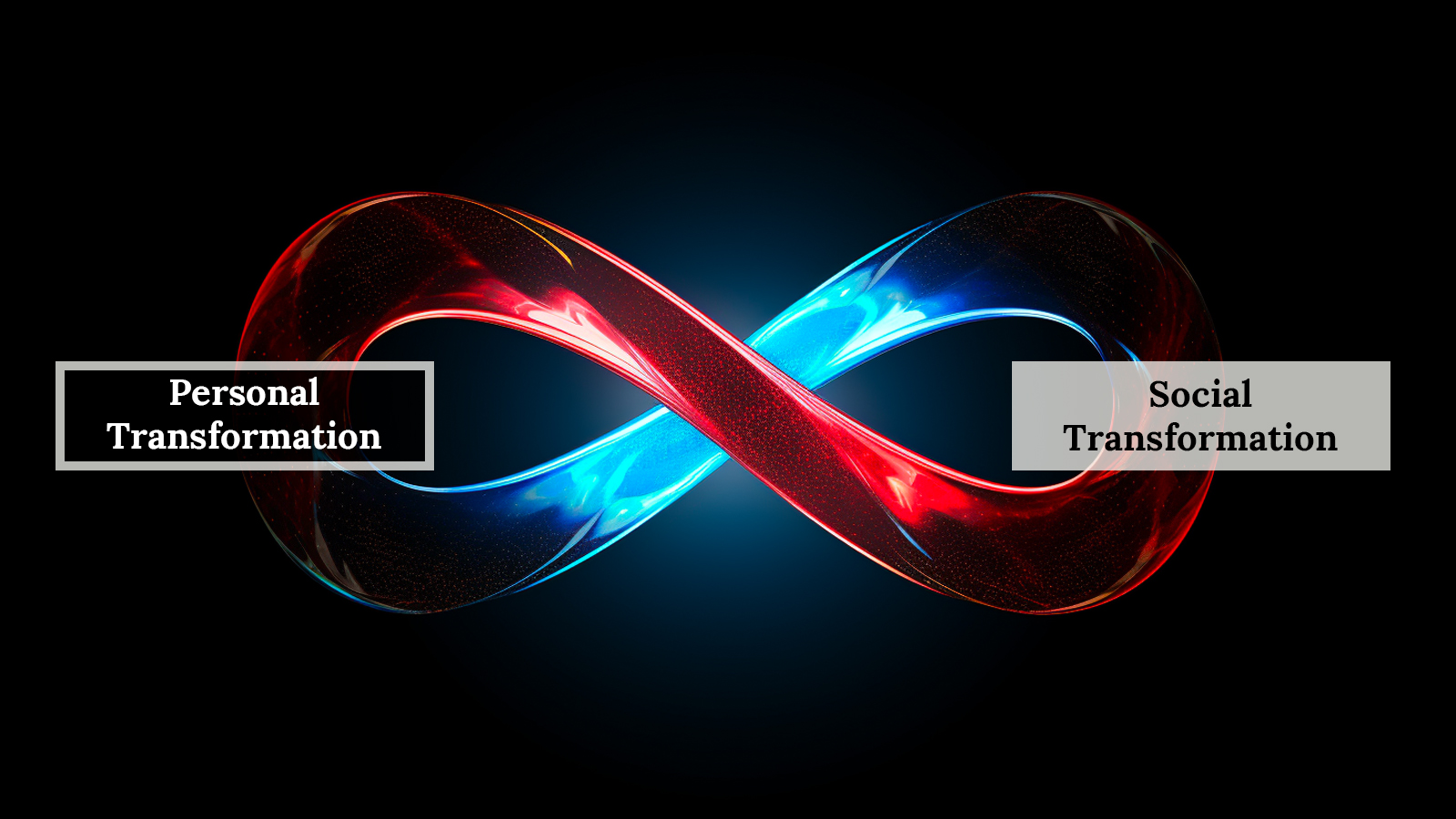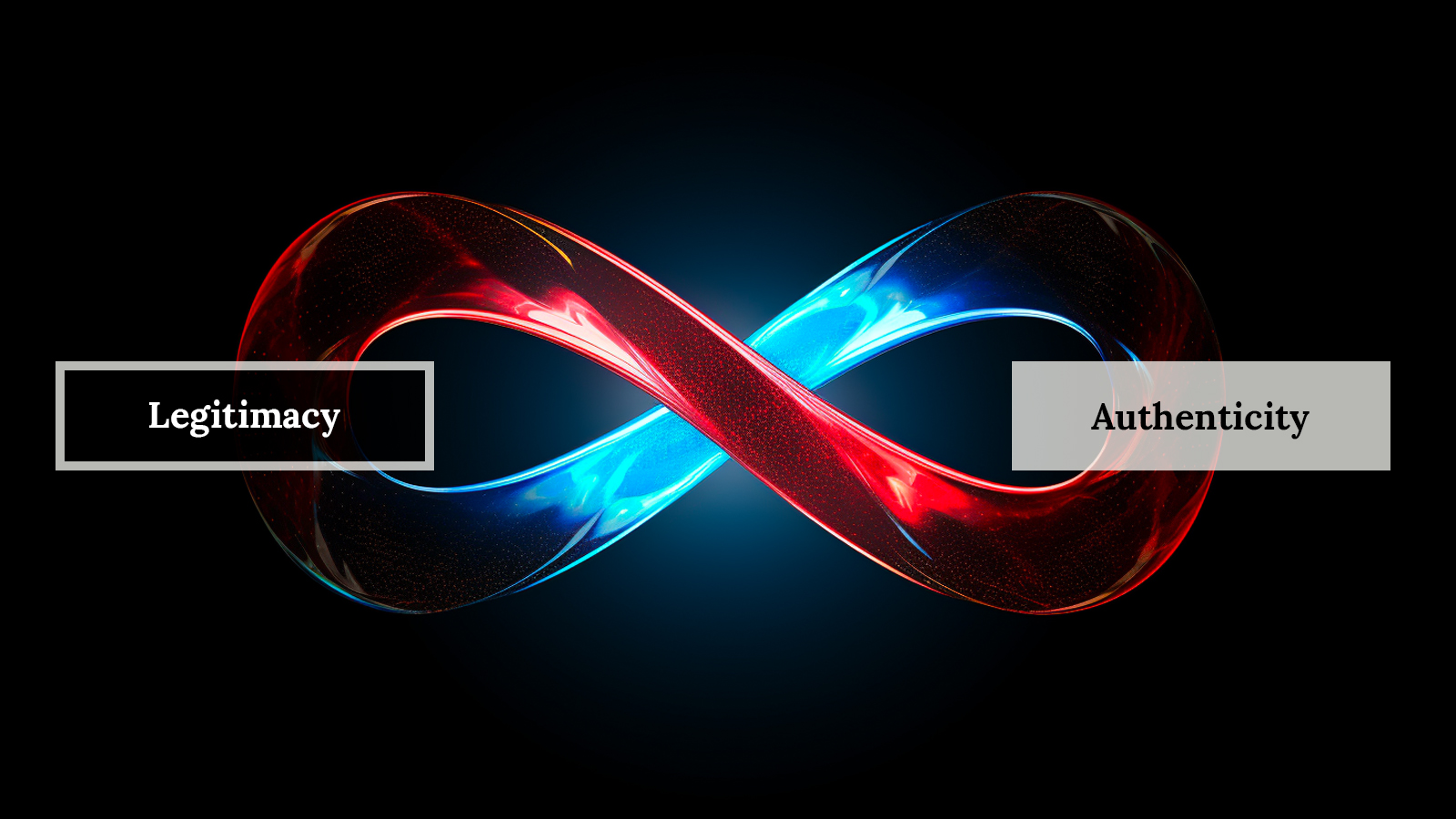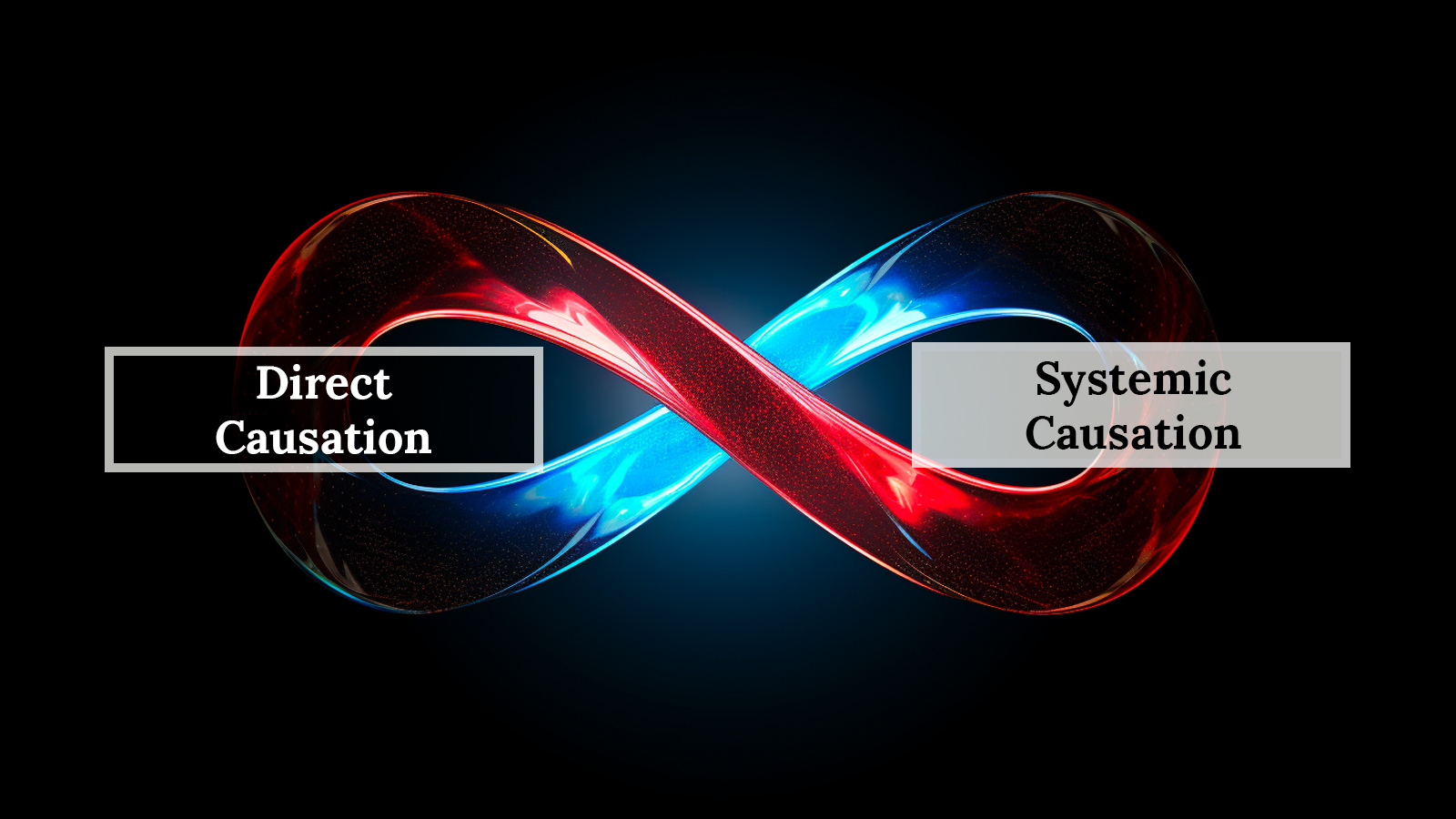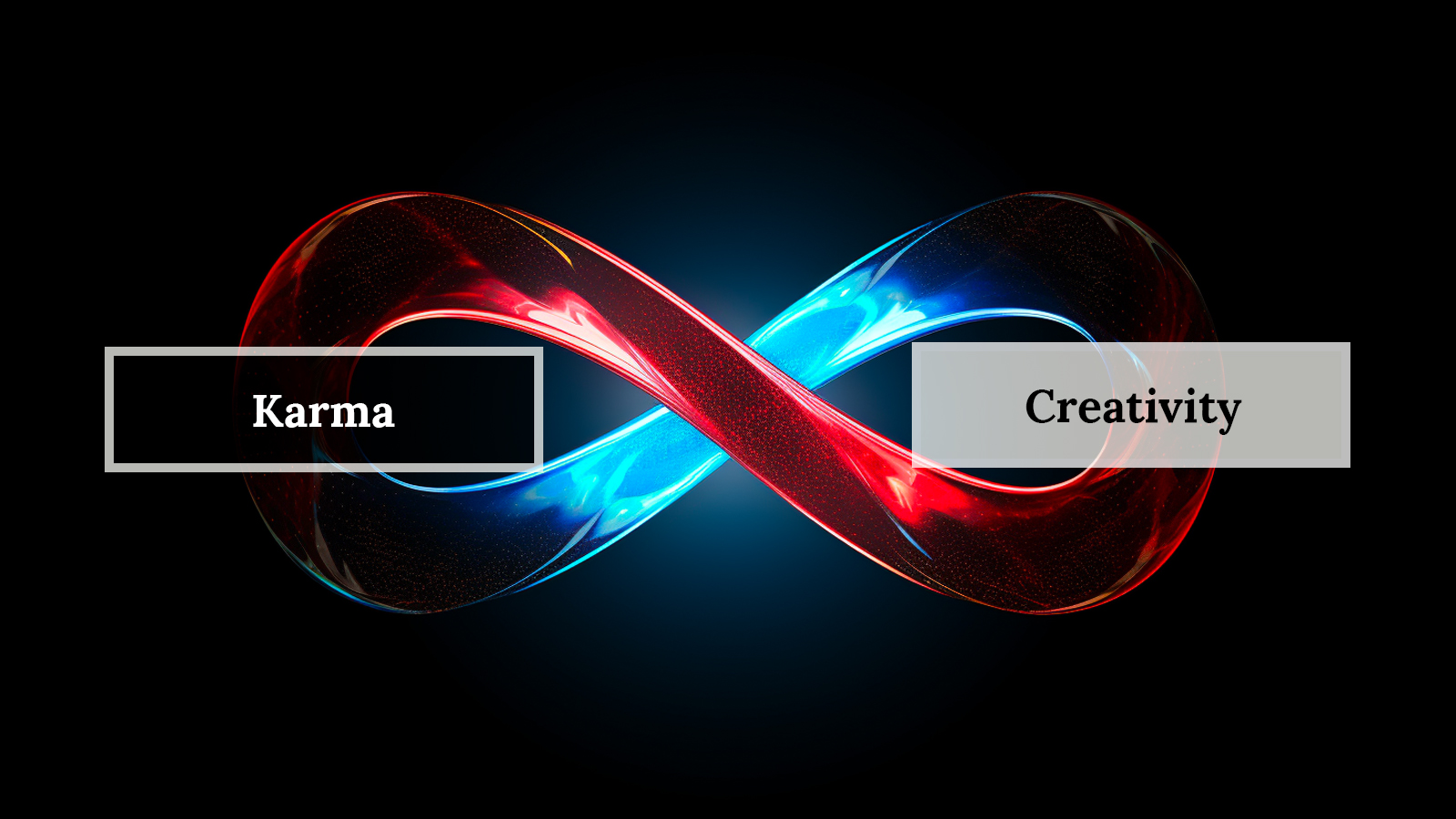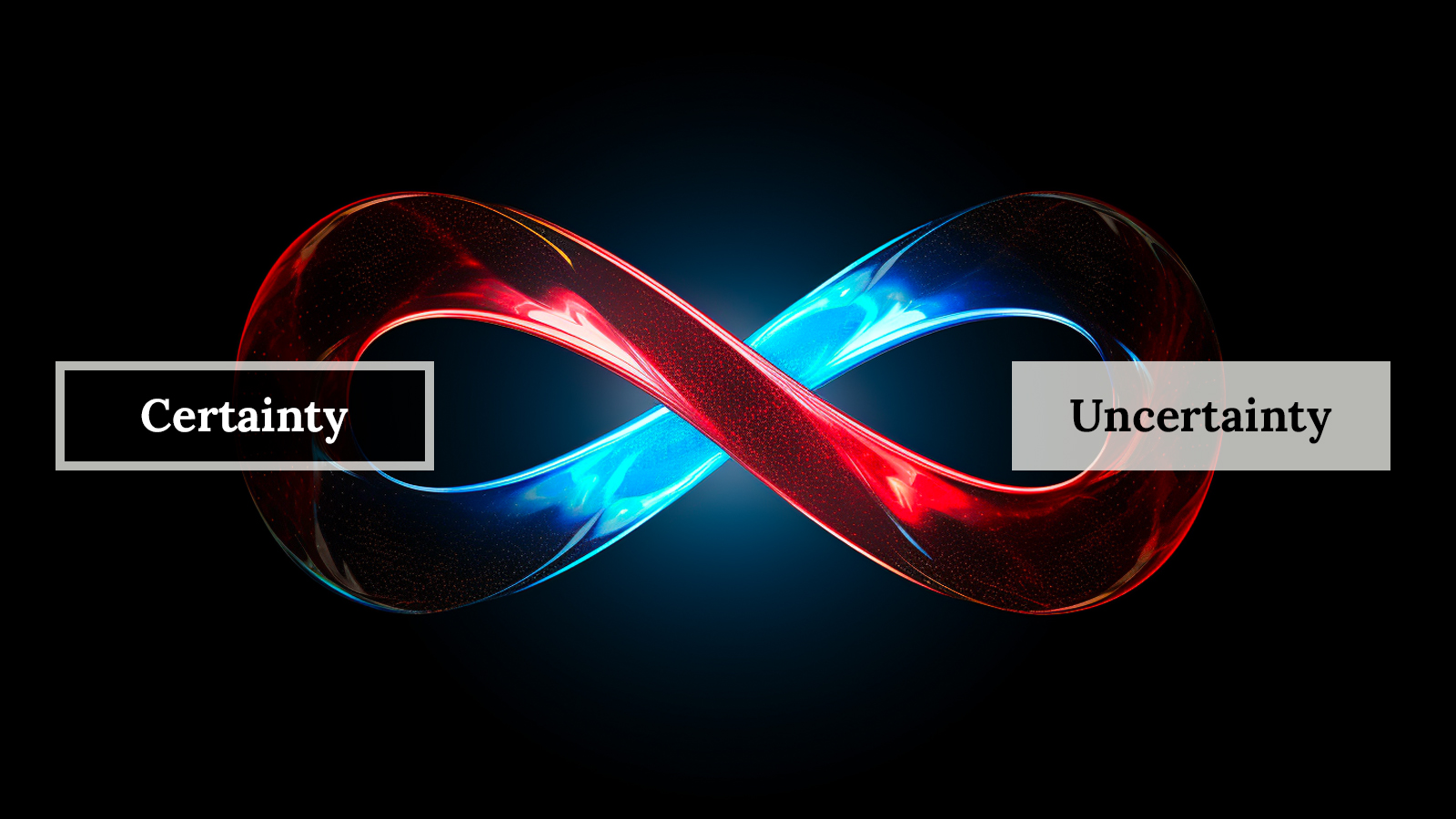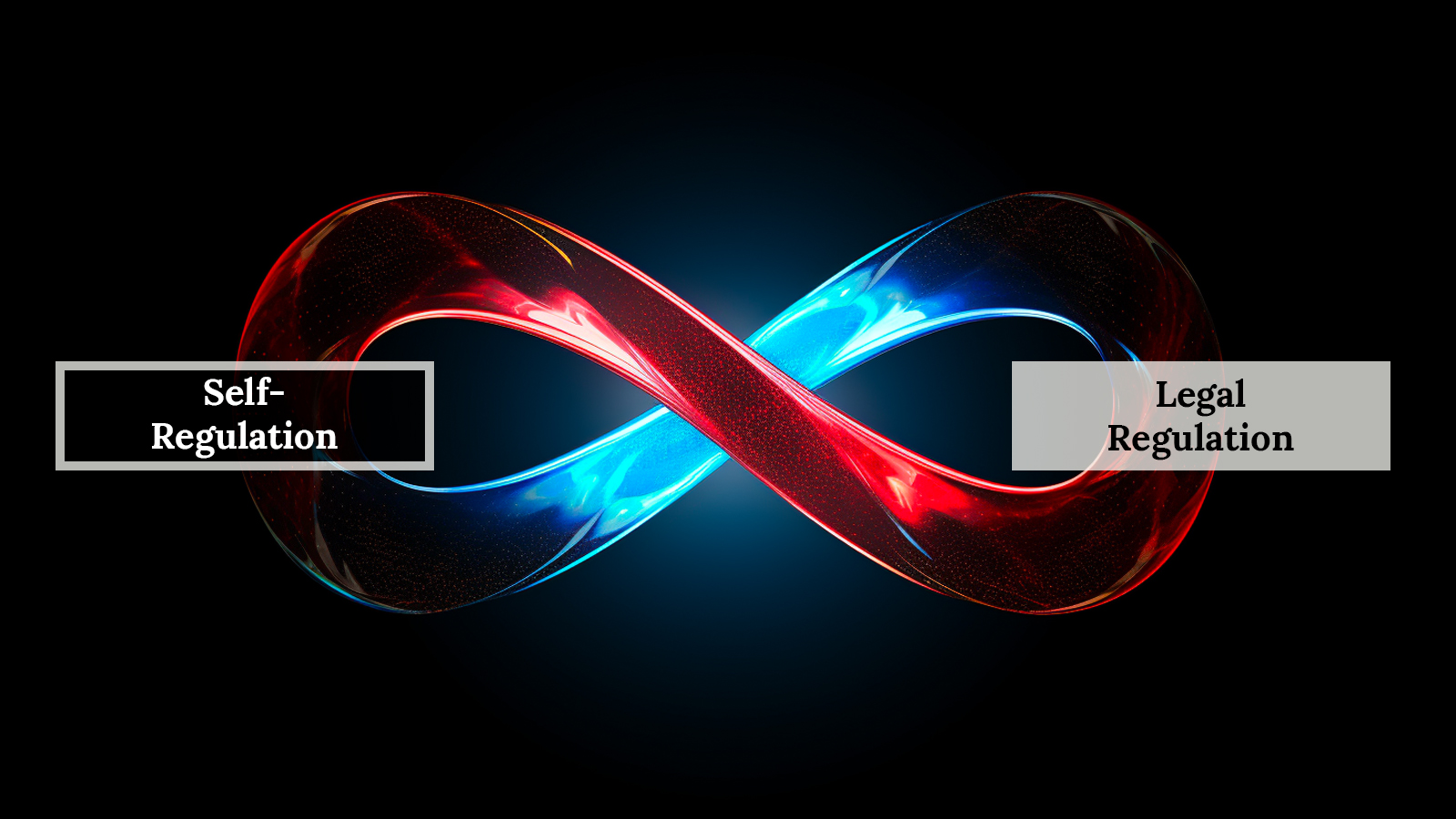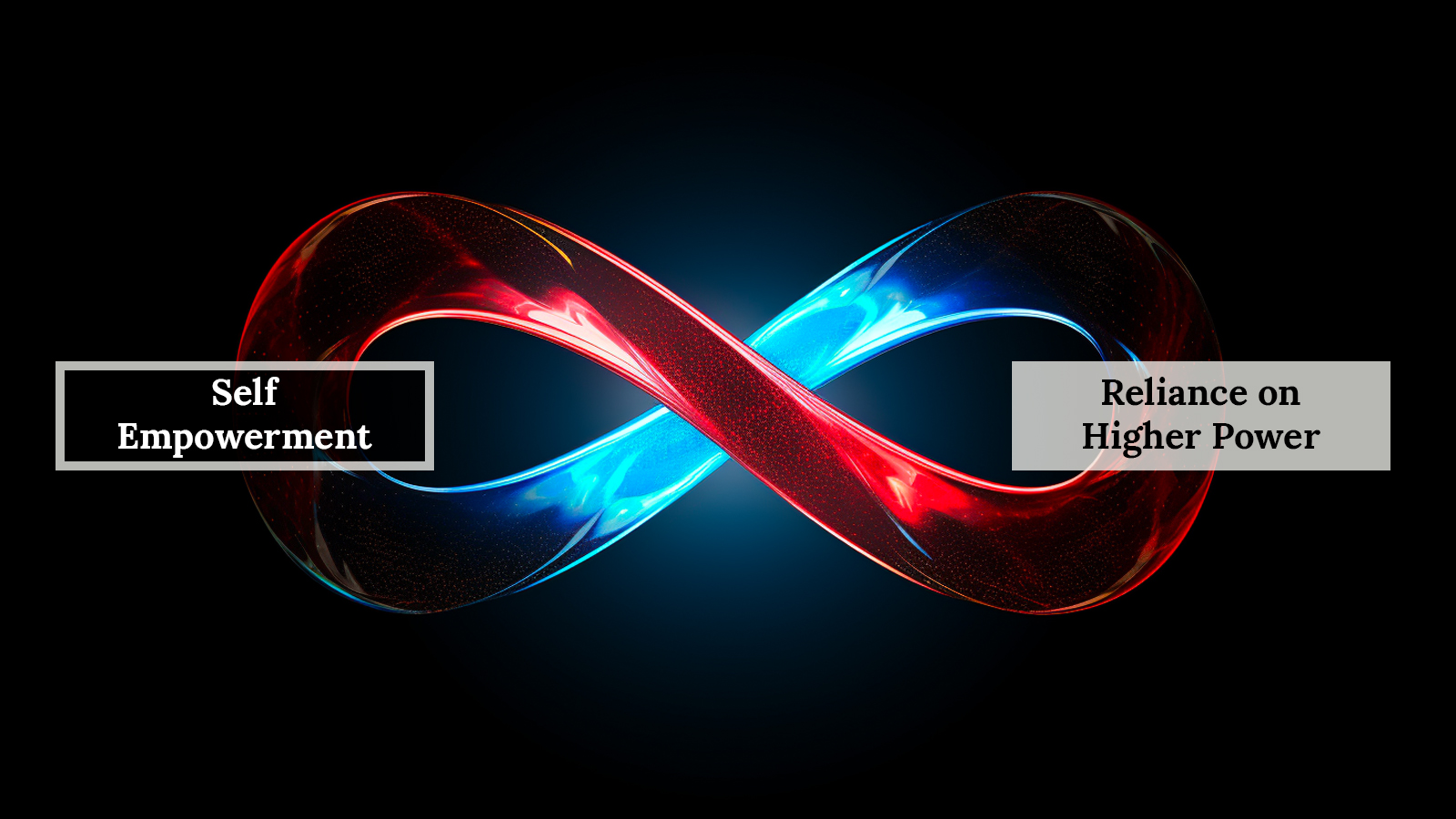|
Polarity Description
|
|
The polarity of emptiness and form is a fundamental paradox at the heart of existence. Emptiness represents the formless, boundless, and ineffable ground of being, while form represents the world of manifestation, structure, and differentiation. These two apparently opposite qualities are actually deeply interdependent and mutually arising – form arises within emptiness, and emptiness is the essential nature of all forms. Form refers to the entire realm of manifestation – the physical world, thoughts, emotions, relationships, created objects, and all levels of reality from gross to subtle. Forms have specific characteristics, are governed by cause and effect, and exist in a constant state of change and impermanence. Engaging skillfully with form allows for a rich, vibrant, sacred participation in the world. “Could it then be possible, just possible, that when the beauty of all things without exception is perceived, we are actually standing directly in the eye of Spirit, for which the entire Kosmos is an object of Beauty, just as it is, precisely because the entire Kosmos is in fact the radiant Art of Spirit itself? In this extraordinary vision, the entire Kosmos is the Artwork of your own highest Self in all its shining creativity, which is exactly why every object in the universe is in truth an object of radiant Beauty when perceived with the eye of Spirit.” Emptiness points to the absolute, unconditioned, boundless space of pure awareness that underlies and pervades all of reality. It is the ground of being, the pregnant void from which all things arise, and the ultimate nature of mind itself. Resting in emptiness brings a profound sense of freedom, openness, and timeless peace. “Space, time, objects — all of those merely parade by. But you are the Witness, the pure Seer that is itself pure Emptiness, pure Freedom, pure Openness, the great Emptiness through which the entire parade passes, never touching you, never tempting you, never hurting you, never consoling you. And because there is this vast Emptiness, this great Unborn, you can indeed gain liberation from the born and the created, from the suffering of space and time and objects, from the mechanism of terror inherent in those fragments, from the vale of tears called samsara.” |
|
Integrated Polarity
|
The realization of One Taste represents the ultimate integration/dissolution of emptiness and form. In this non-dual state, the eternal truth of emptiness and the endless display of forms are experienced as a single, seamless reality, like two sides of the same coin. The division between self and other, between inside and outside, between Absolute and Relative, dissolves in the recognition that all is one undivided wholeness. Forms continue to arise in all their diversity, but are always “tasted” as none other than the singular essence of emptiness. With One Taste, life becomes a continuous meditation, a constant recognition of the sacred in the ordinary, the ultimate in the relative. This is the pinnacle of spiritual realization and the beginning of a life in service of and as the Kosmic process itself.““Resting in that empty, free, easy, effortless witnessing, notice that the clouds are arising in the vast space of your awareness. The clouds are arising within you—so much so, you can taste the clouds, you are one with the clouds, it is as if they are on this side of your skin, they are so close. The sky and your awareness have become one, and all things in the sky are floating effortlessly through your own awareness. You can kiss the sun, swallow the mountain, they are that close. Zen says “Swallow the Pacific Ocean in a single gulp,” and that’s the easiest thing in the world, when inside and outside are no longer two, when subject and object are nondual, when the looker and looked at are One Taste. You see?”Ken Wilber, One Taste |
|
Disintegrated Polarity
|
| The divided experience of samsara and nirvana characterizes the unintegrated polarity of form and emptiness. Samsara, the cycling world of form, is seen as a realm of inescapable suffering, driven by attachment, aversion and delusion. Nirvana, the unconditioned state of emptiness, is placed in opposition to samsara as the goal of spiritual striving. This duality sets up a deep existential conflict — the world of form is a problem to be transcended, yet it is the very place we find ourselves. Trapped in identification with form, one struggles in samsara, grasping at the promise of nirvana. But even the achievement of nirvana becomes another form to attach to. Endlessly seeking and never satisfied, separated from the sacred ground by the very effort to reach it, one wanders lost between these two poles. |
|
Tips for Harmonizing
|
| To harmonize emptiness and form, regularly practice touching into and resting in emptiness through meditative techniques like formless mindfulness, open awareness, and self-inquiry. Then re-engage the world of form with that taste of emptiness, looking for its qualities in all appearances. A powerful tool for this is Ken Wilber’s Full Spectrum Mindfulness, which guides individuals to “toggle” between empty witness awareness and the primary drives associated with each stage of development (food, sex, power, love, achievement, harmony, wholeness, and unity). This allows for a fluid oscillation between experiences of form and emptiness, cultivating the capacity to embrace both fully. When you notice yourself getting caught in or attached to forms, use that as a reminder to relax back into the openness of emptiness. When you notice yourself dissociating into emptiness in an ungrounded way, consciously engage with physical, practical, relational and creative forms as a sacred expression of emptiness. Ultimately, see if you can sense the way emptiness and form are already functioning in harmony all the time, with form always appearing seamlessly within emptiness, like reflections in a mirror. Appreciate the wisdom of each pole — the liberating, fluid openness of emptiness and the intricate, beautiful structures of form. See if you can hold both simultaneously in your awareness. Over time, the integration of these apparently opposite poles leads to the spontaneous, masterful dance of sacred, integral living. |
|
Tips for Integrating
|
| To deeply integrate the polarity of emptiness and form, dedicate yourself to a committed integral contemplative practice, including meditative inquiry and non-dual pointing-out instruction, as well as conscious engagement with the world through sacred activism, creative expression, and authentic relating. Ken Wilber’s Full Spectrum Mindfulness program is also a powerful tool for this integration. By learning to toggle between witness consciousness and the primary drives of each developmental stage, you can begin to experience the “not-two-ness” of emptiness and form. The program helps facilitate a nondual realization in which emptiness is recognized as the ground of all forms, and forms are seen as the spontaneous play of emptiness. On the meditation cushion, focus on practices that dissolve the illusion of separation and reveal your inherent unity with the empty ground of being. Self-inquiry (e.g. asking “Who am I?”), open awareness, and direct pointing from a qualified non-dual teacher can all help with this. At the same time, include embodiment practices like yoga, qi gong, and conscious dance to fully inhabit form. Then actively bring this realization into the world through skillful, compassionate action. Choose work and creative pursuits that align with your deepest values and allow you to celebrate existence. Engage in intimate relationships and community as a crucible for spiritual practice, learning to fully show up and participate even as you recognize the empty essence of all beings. Let integral theory itself be a guide and map for touching into all the key dimensions of form — mind, body, spirit, shadow, relationships, and systems. Include practices for each of these, such as psychotherapy and shadow work for healthy ego development; exercise and nutrition for physical health; study and contemplation to expand your mind; and relational practices like circling and perspective-taking to serve collective emergence. If you ever feel stuck in spiritual bypassing or nihilistic emptiness, consciously re-engage the practices of form. If you feel trapped in the world of form, let that motivate sincere surrender into the groundlessness of emptiness. Over time, with practices like Full Spectrum Mindfulness, emptiness and form, Absolute and Relative, will be seamlessly integrated in a life of sacred, integral flow. You’ll be a Zorba the Buddha, radically free and open as emptiness while savoring the lila, the divine play of form. |
Related Media
Holons: The Building Blocks of the Universe
Corey deVos
Join Corey deVos for this fun, fascinating, and far-reaching exploration of one of the essential cornerstones of integral theory — holons, or the apparently endless series of “part/wholes” that fundamentally compose reality as we know it. Accompanied by music, imagery, and animation, this presentation will not only help you better understand what a holon actually is (and what it isn’t!) but also how this understanding can radically deepen your appreciation for the natural world, and for all of the other holonic intelligences that exist alongside us on this planet.
From Polarization to Integration
Ken Wilber and Corey deVos
Ken Wilber and Corey deVos explore some of the causal factors behind so many of the regressive tendencies in our culture and politics these days, from new social pressures coming from social media technologies like Facebook, to the historic evolutionary trends that have formed and informed our major schools of political thought in the first place.
Recommended Training
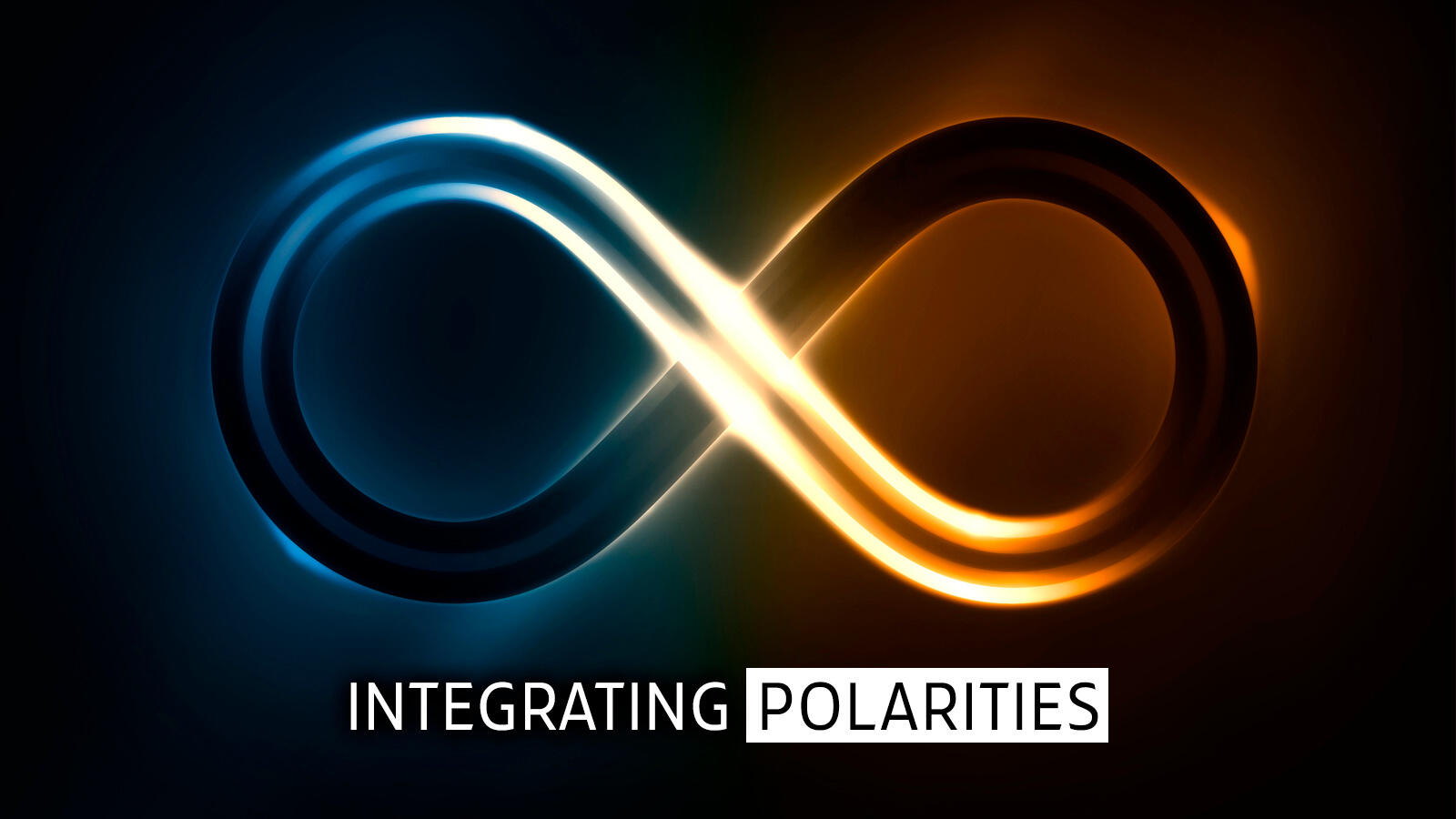
with Beena Sharma
Integrating Polarities is a revolutionary new training program by Beena Sharma, designed to teach you the higher-order thinking common to leading-edge individuals at the integral stage of development. This training is designed to model the higher-order thinking associated with integral stages of psychological maturity, offering you a step-by-step process to help you learn these thinking skills and apply them to your life, your relationships, and your work in the world.
Enroll Now
More Polarity Maps
About Corey deVos
Corey W. deVos is editor and producer of Integral Life. He has worked for Integral Institute/Integal Life since Spring of 2003, and has been a student of integral theory and practice since 1996. Corey is also a professional woodworker, and many of his artworks can be found in his VisionLogix art gallery.


